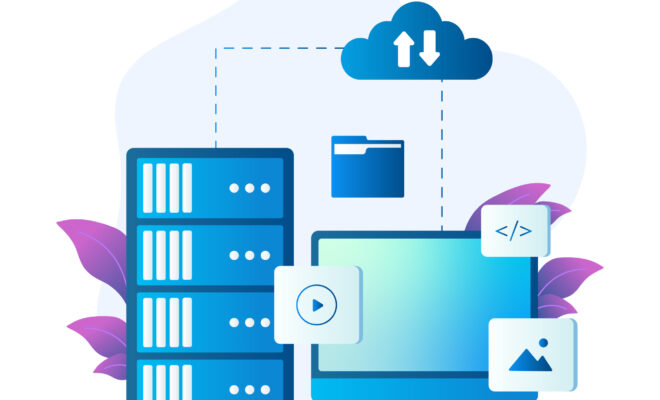Serverless Computing: Revolutionizing the Future of Cloud Computing

Serverless computing refers to a cloud computing model that enables cloud providers to manage the infrastructure and allot resources as required, without the need for the user to manage the servers or infrastructure. In other words, serverless computing enables developers to write and deploy code without worrying about the underlying infrastructure. This paradigm shift in cloud computing has transformed how organizations develop, deploy, and manage their applications.
Serverless computing is also known as Function-as-a-Service (FaaS). The cloud provider manages the servers, infrastructure, and scaling, and the user only pays for the execution of code. This model allows organizations to focus on their application logic instead of worrying about the infrastructure. It also eliminates the need for server maintenance and reduces costs associated with server management.
One of the key benefits of serverless computing is scalability. With serverless computing, the cloud provider automatically allocates resources based on the demand for the application. This means the application can handle sudden spikes in traffic without additional configuration or resources. This is particularly useful for applications that experience periodic spikes in traffic, such as seasonal shopping periods, events, or social media trends.
Another key benefit of serverless computing is reduced costs. Since the user only pays for the execution of code, no fixed costs are associated with managing servers or infrastructure. This can result in significant cost savings, particularly for small and medium-sized businesses that do not have the resources to manage their infrastructure.
Serverless computing is also highly scalable and flexible, allowing organizations to quickly develop and deploy new applications without extensive configuration or infrastructure management. This is particularly useful for organizations that are experimenting with new technologies or business models and need to rapidly iterate their applications.
However, serverless computing is not without its challenges. One of the main challenges is vendor lock-in. Since serverless computing is highly dependent on the cloud provider, it can be difficult to switch providers once an organization has invested significant time and resources into developing its applications. Therefore, it is essential for organizations to carefully consider the long-term implications of vendor lock-in when adopting serverless computing.
Another challenge is the lack of control over the underlying infrastructure. Since the cloud provider manages the infrastructure, there is limited visibility into the performance and security of the underlying servers. This can be a concern for organizations that have strict security or compliance requirements.
In conclusion, serverless computing is a game-changing technology revolutionizing how organizations develop and deploy their applications. With its focus on application logic and scalability, serverless computing has the potential to significantly reduce costs and accelerate innovation. However, organizations must carefully consider the challenges associated with vendor lock-in and lack of infrastructure control when adopting serverless computing. Overall, serverless computing represents a significant opportunity for organizations to embrace the future of cloud computing and stay ahead of the competition.









